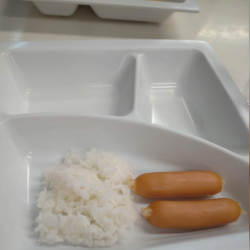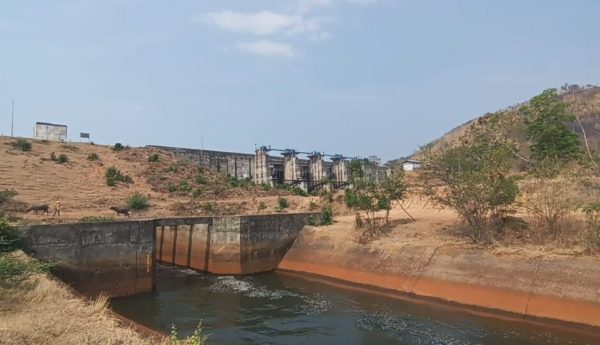Water levels in Thailand’s major reservoirs are critically low

The amount of water in Thailand’s major reservoirs is critically low, with only 13.789 billion cubic metres, out of a combined total of 37.323 billion cubic metres (19%), usable for consumption, agriculture and the protection of the ecological system, according to the National Water and Climate Data Centre.
The situation in the west is of the utmost concern, as only 13% of the water currently in the reservoirs can be used, compared to 34% in the south, 30% in the east, 23% in the northeast, 20% in the north and 19% in the central region.
In the country’s four main reservoirs, Bhumibol, Sirikit, Pasak Jolasid and Kwae Noi Bamrung Dan, only 4.551 billion cubic metres (18%) of the water that can be used, said the centre, adding that it remains to be seen how much the reservoirs will be replenished during the rainy season.
The centre points out that the Chao Phraya river basin needs 12 billion cubic metres of water during the dry season and at the start of the rainy season, but only 4.551 billion cubic metres are available for use, leaving a shortfall of 7.449 billion cubic metres, with the rainy season due to end in the next 140 days.
Thailand officially entered the rainy season on May 23rd, but many provinces in the north and northeast are still facing drought.
For instance, the water in Kwan Phayao Lake, in the northern province of Phayao, has dropped to a critically low level. Men and machinery have been deployed by the Royal Irrigation Department to dredge sediment, so the lake will be able to accommodate more rain water when it comes.
Only 4.5 million cubic metres of water are now left in the lake, or only 8.05% of its capacity.
In the north-eastern province of Udon Thani, local officials have been told to conserve as much water as possible, in anticipation of an extended period of drought and water shortages.






